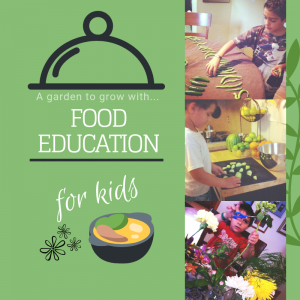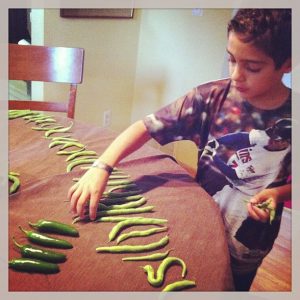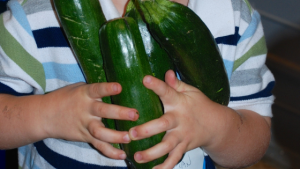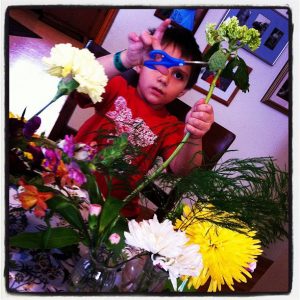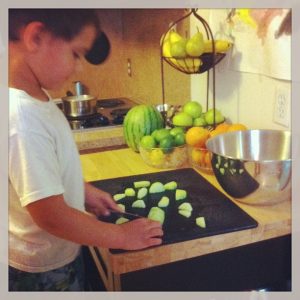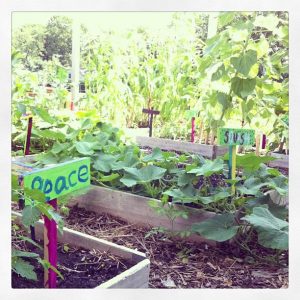Learning through play is something that children naturally do- it’s in their DNA! The Lawrence Hall of Science certainly offers a lot of hands-on opportunities that make learning fun! Overlooking the San Francisco Bay, this science center (and the view!) is quite impressive.
The Lawrence Hall of Science serves up something different in the sense that it’s target audience is much broader than typical hands-on museums for kids. Whether you have toddlers, preschoolers, Kindergarteners or elementary aged children there is something to engage and pique the curiosity of your child as you partner in play. This happened instantaneously upon approaching the outside of the hall before we even paid admission. Our children gravitated to the DNA structure and started climbing on “Pheena the Whale.”
Once we were inside, we were surprised at how big the center actually was. We had only given ourselves 2 1/2 hours to explore, when clearly, we could have spent from the time the centered opened to when it closed. One of the exhibits that caught my eye were the stations for math that had cultural connections.
 Our children definitely enjoyed testing the laws of physics on these, as they called them, “rollercoasters.” They tried placing the ball at different points to see if that changed the outcome. They even tested out what would happen if they propelled the ball. They questioned what would happen if the ball was heavier, lighter or if two balls went at the same time?
Our children definitely enjoyed testing the laws of physics on these, as they called them, “rollercoasters.” They tried placing the ball at different points to see if that changed the outcome. They even tested out what would happen if they propelled the ball. They questioned what would happen if the ball was heavier, lighter or if two balls went at the same time?
A huge chunk of our time was spent in the Ingenuity Lab located in the lower level. As stated on the website, this offers children an opportunity to “design, build, and test your own inventions with the help of UC Berkeley students and staff.” Round and round, up and down, our children had so much fun designing their very own project! There were tons of tools and supplies to work with and they got to take their creations home (all included with the entrance fee). We were really thankful that the UC Berkeley students and staff were on hand to help adults troubleshoot any issues we had. As a matter of fact, when 4p.m. approached (closing time), they simply closed the door so others couldn’t enter and didn’t rush those still working out. They said, “For those of you still in here working, you can still continue as we clean up. Let us know if you need any help.” That really helped alleviate any anxiety and pressure from our 6 year old who wanted his project to be complete prior to leaving. (Thank you to the staff!)
I feel as though we only skimmed the surface of all there is to do at The Lawrence Hall of Science. We’ll definitely have to go back and pay a visit to the Planetarium, 3-D Theatre, Animal Discover Room and Café with a view! Until then we’ll step into the shoes of a scientist and explore the center online. Perhaps you will too!







